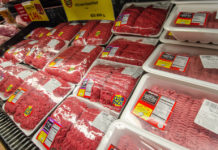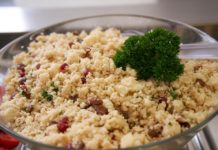Home dinners looked a lot different half a century ago. For one, the whole family would gather around the dinner table, without any digital distractions. Also, the food itself relied on brilliant ingredients that you don’t encounter much nowadays. Here is a selection of classic staples that are well worth revisiting in your kitchen.
17. Peas
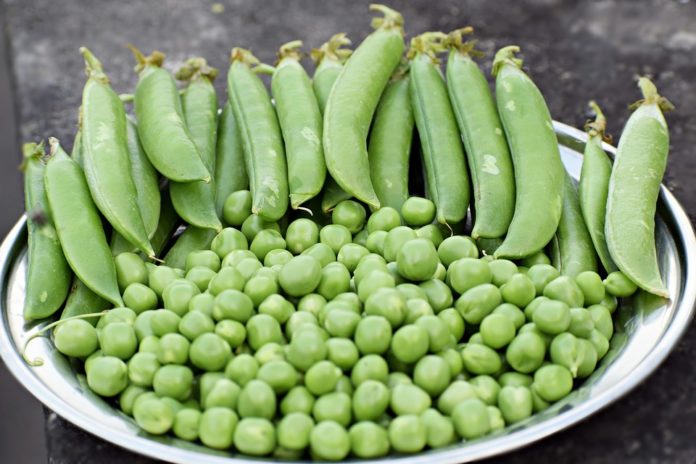
With the influx of foreign cuisines has come an abundance of formerly exotic legumes. Compared with chickpeas or lentils, peas have acquired a “retro” quality, hankering back to the days when mashed or minted peas were served as a side dish to virtually everything. But the humble pea remains notably sweet and nutritious, boasting loads of vitamins, minerals, and even antioxidants.
16. Churn butter
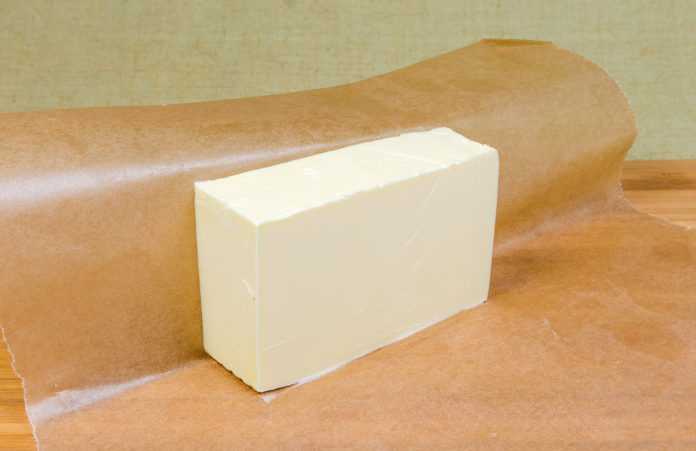
As recently as the 1950s, it was common for people to make their butter at home, using a manual churn to transform cream into butter. Sure, it’s laborious work compared with picking up a pack of commercial butter at the store, but many people swear that churn butter is worth the effort. Plus, you can add bespoke flavorings such as garlic and rosemary.
15. Bacon grease
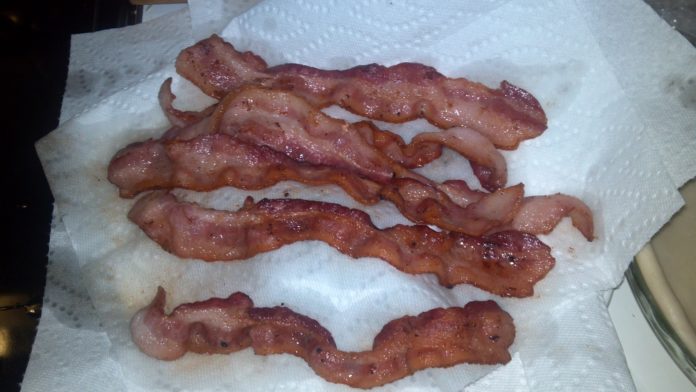
Somehow, everyone has got into the habit of pouring away the grease left over from frying a pan full of bacon. Your forebears would be shocked! Set aside bacon grease in a jar and use it later for cooking eggs, onions, and potatoes to give them an unmistakably rich and smoky flavor. Try adding it to your popcorn too.
14. Evaporated milk
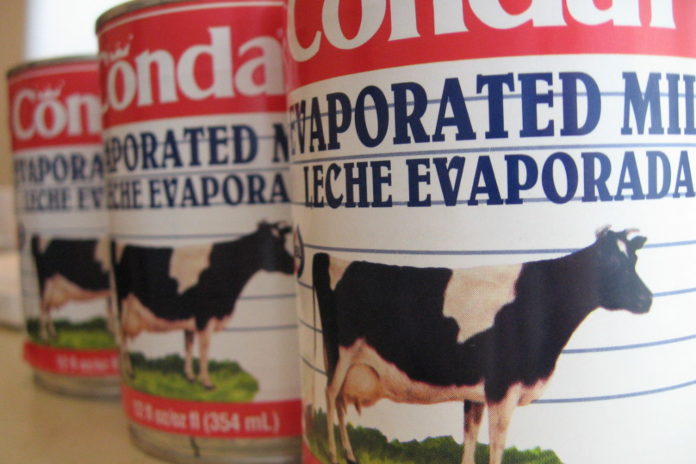
Evaporated milk is thicker than regular milk (it contains only 40% of the water) and will keep for at least 18 months in a can on your shelf. It is a star ingredient of classic desserts including chocolate fudge and pumpkin pie, and will likewise enrich your caramel sauce. However, evaporated milk shouldn’t be mistaken for sweetened condensed milk, which contains added sugar.
13. Gelatin

Diners tend to be a queasier a lot nowadays, and often they balk at the idea of eating anything containing gelatin, which is made from hydrolyzed animal leftovers. But in fact, gelatin is colorless, odorless, tasteless, and can improve a great range of dishes as a thickening or binding agent. Use it in sauces or soups to improve mouthfeel, as well as in sweeter homemade foods like smoothies, gummies, and jelly.
12. Condensed soups

Midwestern moms aren’t too proud to kick off their casserole with a condensed soup—indeed, they know there’s no better foundation. Many will recall the classic green bean casserole served on Thanksgiving. Well, you can thank Campbell’s Condensed Cream of Mushroom soup for that. Similarly, cream of chicken soup will perfect dishes such as chicken enchiladas or a cheesy chicken bake.
11. Stewed Prunes
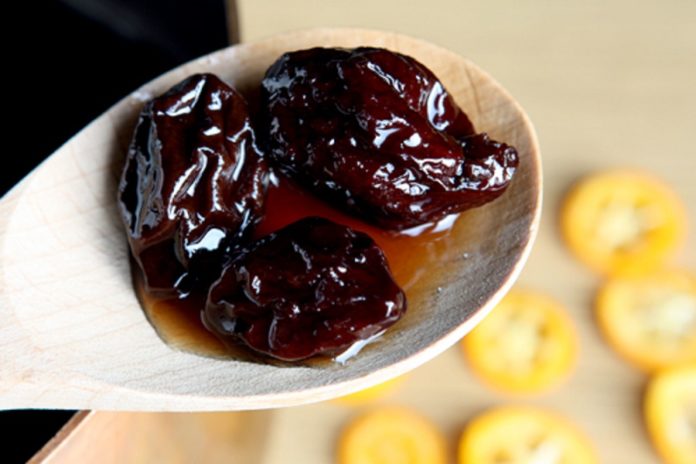
Prunes are still tainted by association with past generations, who would invariably recommend them for constipation. But prunes actually have a proud culinary past, in both sweet and savory dishes, and are highly nutritious as well. Stew them at home in water or cream to avoid the added sugar of the commercially sold variety.
10. Homemade bread
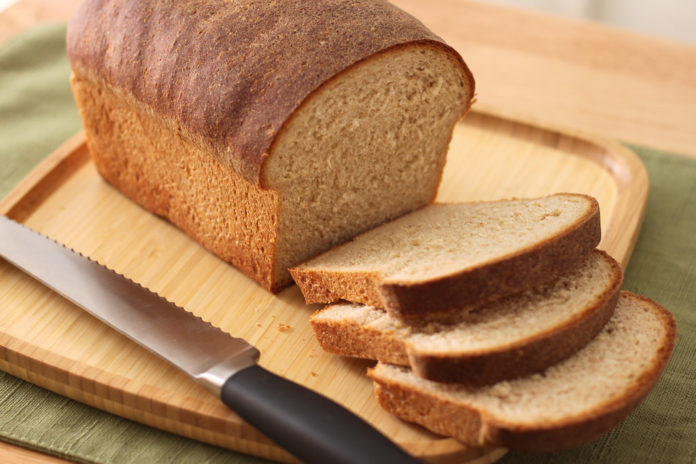
Bread is such a simple product: all you need is flour, water, and yeast for a basic loaf. Why not make it yourself then? The bread you buy in the supermarket is full of additives and preservatives, and tastes much worse for them. Take a leaf out of your Grandma’s book and discover the joy of eating freshly baked bread that you kneaded by hand. The smell permeating your house will be enough in itself to make you a convert. Then, with practice, you can start to experiment with more sophisticated breads like rye or sourdough.
9. Duck Fat
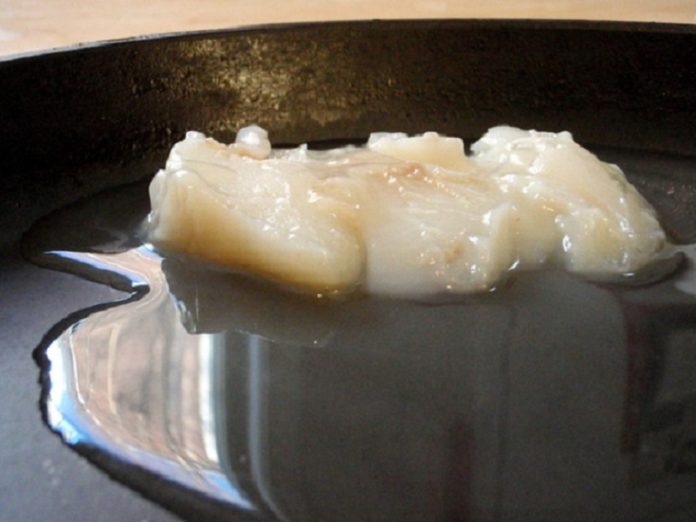
Duck fat can be used as a cooking fat for most any food, although its rich flavor is ideally suited to make sautéed potatoes. Over the years it went out of fashion—along with butter, shortening, and lard—as an unhealthy animal fat, but more recently medical opinion has shifted back in its favor. Duck fat, being rich in monounsaturated and saturated fats, remains stable under high-temperature cooking, and so doesn’t produce harmful compounds that have been associated with inflammation and heart disease.
8. Buttermilk
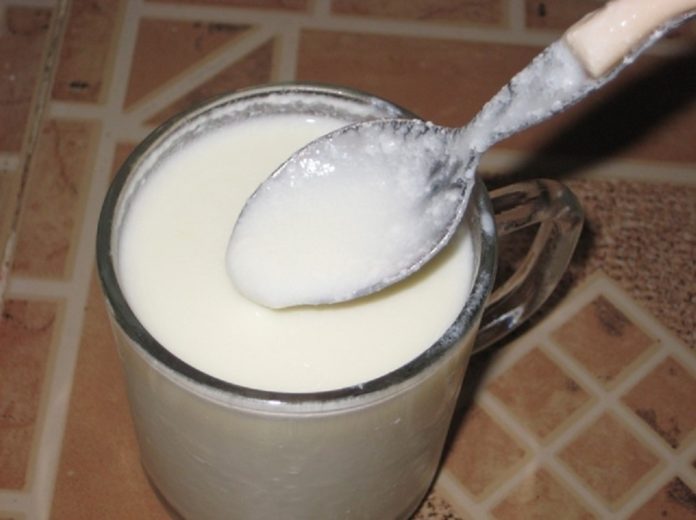
A staple of classic Southern dishes such as friend chicken and biscuits, buttermilk has largely fallen off the culinary radar in America’s Northern states. But this thick and tangy fermented milk product remains a useful ingredient (pancakes, anyone?). Furthermore, it has a longer shelf life than regular milk and can be stored in the freezer.
7. Canned fruit
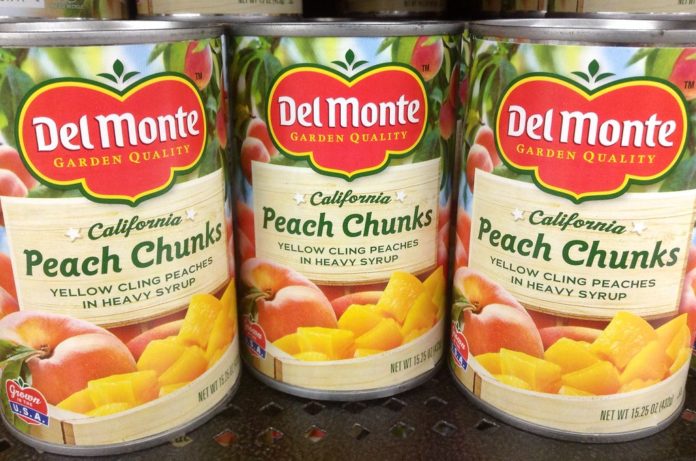
For anyone of a certain age, it’s almost guaranteed that they grew up with canned fruit, served simply in a bowl, as a favorite dessert. Soft fruit in a sweet syrup is pretty much irresistible, so why overlook this childhood treat? Also, canned fruit substitutes well for fresh fruit in recipes when the latter is out of season.
6. Molasses
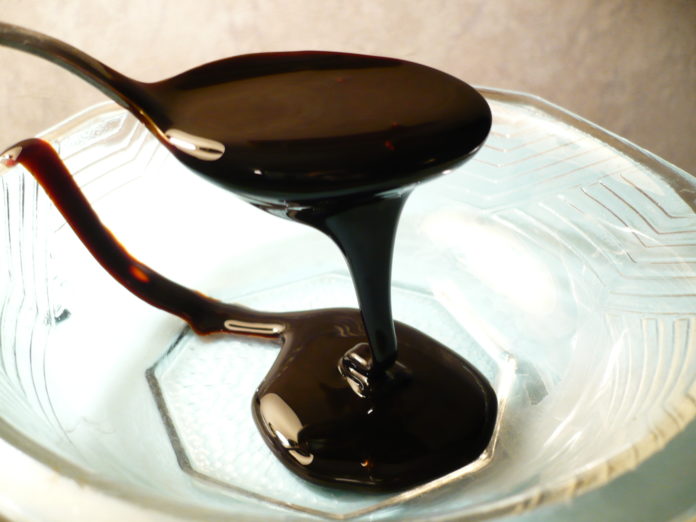
Molasses, a by-product of sugar extraction, is probably best known in the US as a sweetener in festive treats such as gingerbread. But it has a much wider range of uses, for example as a glaze for grilled meats or an Asian-style marinade. And did you know that molasses is a mineral powerhouse, packed with magnesium, iron, manganese, and potassium? A teaspoon will go a long way in your coffee!
5. Bones
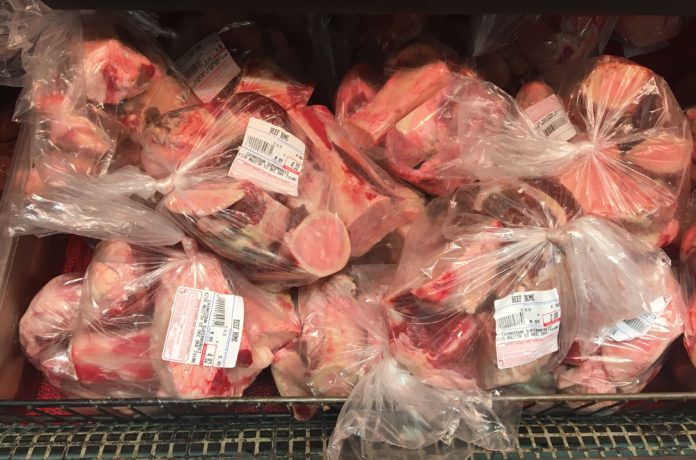
Given the easy availability of ready made stocks, it’s a shame people have forgotten that homemade stock not only tastes better, but is also pretty easy to make. Just don’t throw out your leftover bones! Rather, simply simmer them with leftover vegetable cuttings and your preferred seasonings—the result will beat a store-bought stock any day.
4. Corn syrup
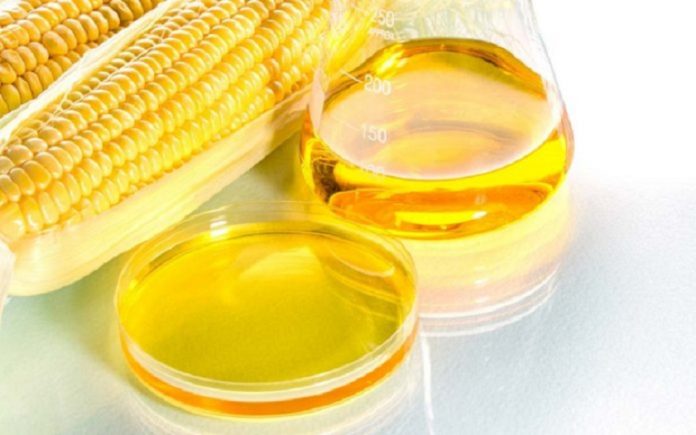
Corn syrup has attracted a bad reputation because of the high-fructose version, which is added excessively to all sorts of processed food. But old-fashioned corn syrup shouldn’t be overlooked, and indeed is essential for recreating various classics, not least pecan pie. Use it as well in homemade caramels, frosting, and no-bake cookies.
3. Lard
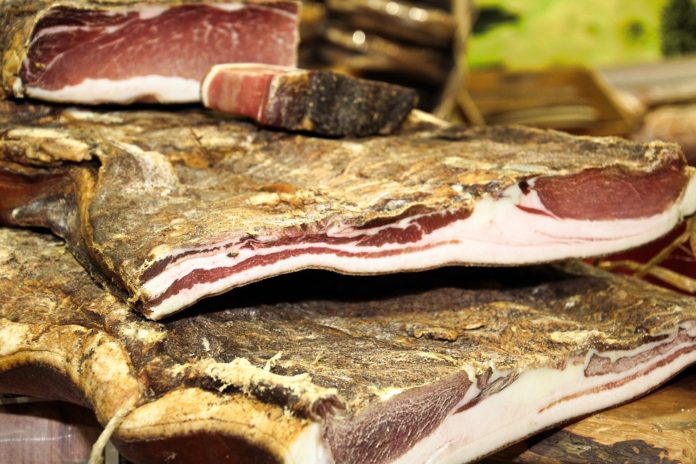
You’re never going to recapture the flavor of Grandma’s cooking unless you get over your fear of lard, as pig fat is known. Because that’s what she was using—not vegetable shortening; not even butter—for that moist yet flaky pie crust you hankered for. Besides, medical opinion on animal fat is changing for the better, so go ahead and live a little!
2. Extract flavors
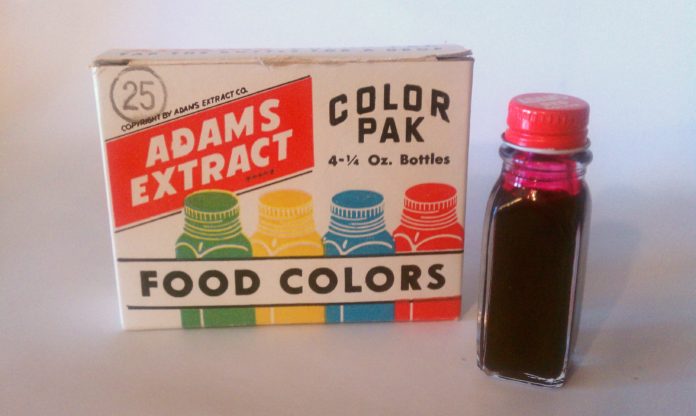
Extracts are concentrated distillations derived from various food sources, for example, orange rinds or vanilla pods. For some reason, extracts have become viewed as a less “authentic” flavorings, as opposed to simply adding the source ingredients themselves. But any seasoned baker will tell you that extracts are the key to a consistently tasty cake!
1. Organ meat

Once upon a time, our forebears didn’t let any part of an animal go to waste. And why would they? Organ meats, especially liver and kidneys, are known as “nature’s multivitamins,” being packed with far more nutrients than muscle meats. A single-serve of liver, for example, provides almost a week’s worth of vitamins A and B12. A little organ meat will add richness to stuffing or a pie. You could even try cooking a real blast from the past: liver and onions!












